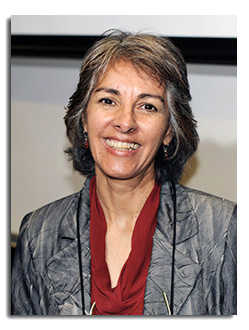
Abstract
If we have any chance of keeping this planet habitable we must have emissions drop to Net Zero by 2050. The longer we delay the harder this transition is going to be. It is very disappointing to hear governments saying that their preference is to delay as even a five year delay would make the transition inordinately more difficult to achieve.
The questions posed: What can we agree on? How can we make the necessary changes? How can we increase investment, transition to renewable energy and make viable business decisions based upon technologies available now?
Click here to see all available video seminars.
Click here to go to the SPREE HOMEPAGE.
Brief Bio
Dr Muriel Watt has worked in government energy agencies, private companies and universities on energy related matters since 1980, with a strong focus on renewable energy research, education, technology development, deployment and policies. She is currently a Principal Consultant with ITP Renewables, a member of the ARENA Advisory Panel and a Director of Zero Emissions Byron.
Past positions include Associate Professor, School of Photovoltaics and Renewable Energy Engineering, University of NSW, where she was part of the team that established the world’s first PV Engineering Degree course.
Dr Watt has represented Australia on the Executive Committee of the International Energy Agency Photovoltaics Power Systems Programme and was inaugural Chair of the Australian PV Institute.
She has worked on renewable energy deployment in the Pacific Islands with the World Bank, the UNDP, the Asia Development Bank, the Australian and New Zealand Governments and local utilities.
Dr Watt prepared Australia’s annual “PV in Australia” report for 20 years and co-authored a seminal textbook on “Applied Photovoltaics”, which is used by UNSW and dozens of Australian and international universities.
